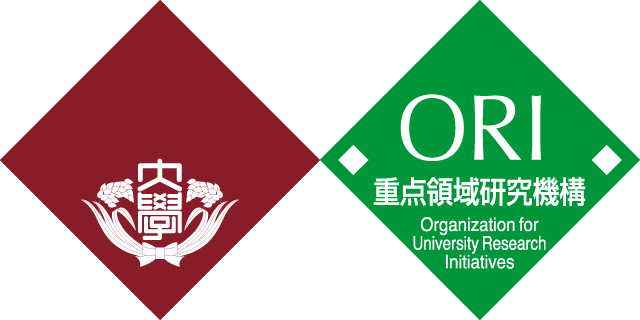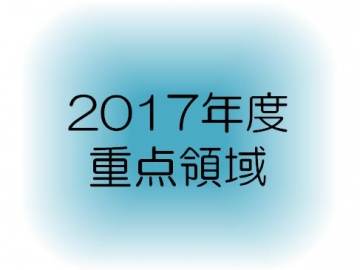Concluded Laboratory 2016/03/31
Director : SODA, Osamu
Professor,Faculty of Social Sciences
Research theme
General Study on Housing and Urban Planning for Renaissance in Harmony with Respect for Nature, Learning from Cultural Heritage
Overview of research
The Great East Japan Earthquake / giant tsunami / nuclear station incident created a need for a fundamental reexamination of not only the ways in which physical and economic disasters affect human life on a wide scale through damage caused to housing and industrial infrastructure, but also of modern civilization in general. The disasters brought to light many problems as a result of the periodic failure of the high-tech environments, administration networks and other infrastructure supporting modern life. Alongside the many fundamental problems the disasters imposed with regard to reconstruction in the future and support, the numerous offers of support for the afflicted areas, crossing national borders, have been very impressive. We must confront our current problems, taking into consideration the long history of the human race, from our origin as a species forming small communities that could not survive without mutual aid and the ability to live in harmony with nature, to our current highly artificial, utilitarian society of beneficial technology. In other words, we must consider not just the restoration of the disaster area, but the whole of Japan and its international relationships. We must thoroughly reexamine these topics, study that which should be studied, improve that which should be improved, and strengthen that which should be strengthened, bringing together historical and cutting edge knowledge in order to survive in the future. The first action to be taken in order to accomplish this is to examine familiar traditional culture. For example, very few ancient cultural heritage structures were damaged by the recent tsunami. Also, there are many examples of fishing villages escaping serious damage. These villages have from ancient times lived well alongside nature by locating their houses on high plateaus and making use of small boat cabins near fishing areas. There are many historical examples of giant tsunami surging over the Tohoku coast, and we can see how those living in this area made use of these experiences to incorporate safety considerations into such matters as the positioning of cultural heritage sites and the carrying out of festivities. Of course, the modern world is far too dangerous and cruel a place to depend solely on traditional culture and ways of thinking. The gains of science and technology are indispensable. Parsing the great knowledge of those who came before us and their nature-based cultures for knowledge is an action that is no doubt the foundation of modern housing, cities, industry and happiness. It is an action made possible by the lessons learned in the recent earthquake, and the mission of our research. The main object of our research is to create methods to connect ideas for living in harmony with nature in order to reside in a safe and creative way (ideas represented by cultural heritage sites) with modern scientific, technical and socioeconomic systems, in order to apply both ideologies to the creation of modern cities.
Researchers
Yuji HASEMI (Professor, Faculty of Science and Engineering)
Osamu SODA (Professor, Faculty of Social Sciences)
Takao SUAMI (Professor, Faculty of Law)
Masaki KOIWA (Associate professor, Faculty of Science and Engineering)




